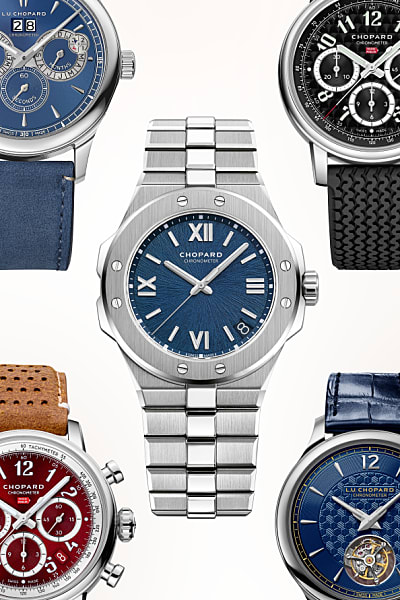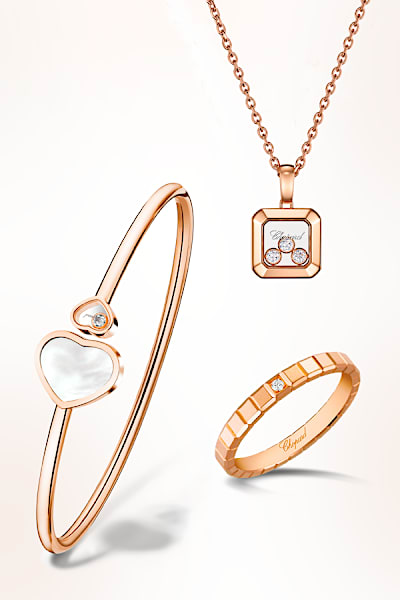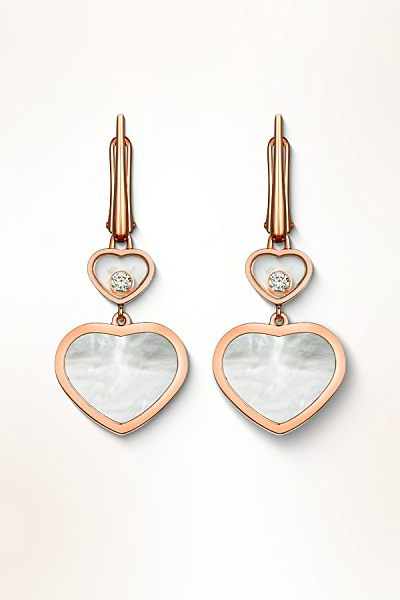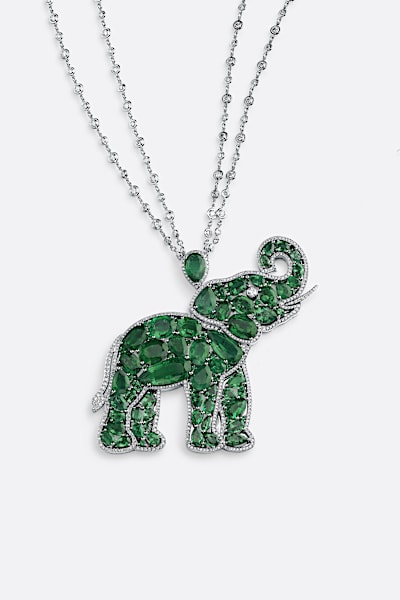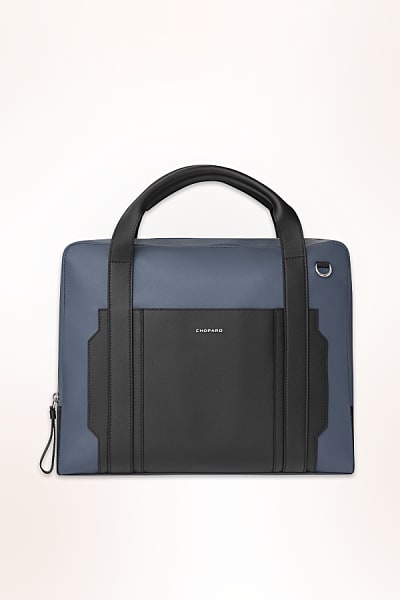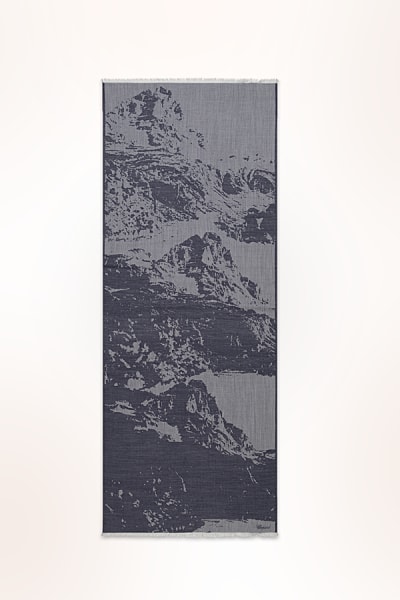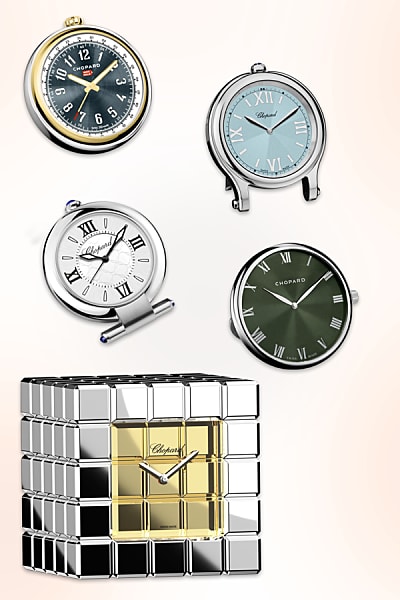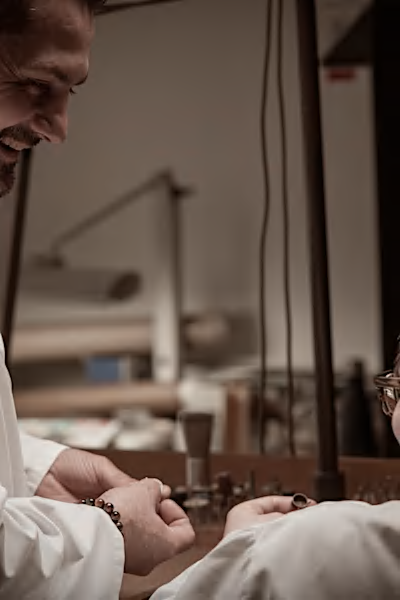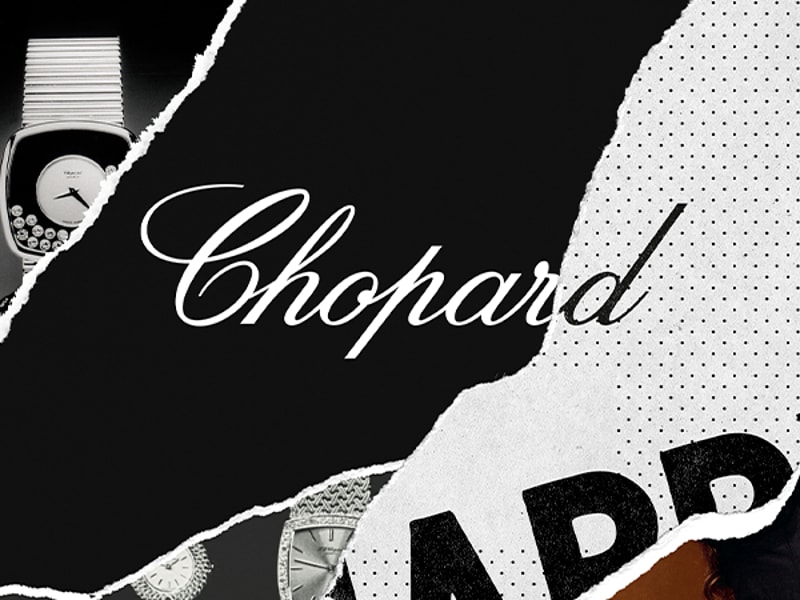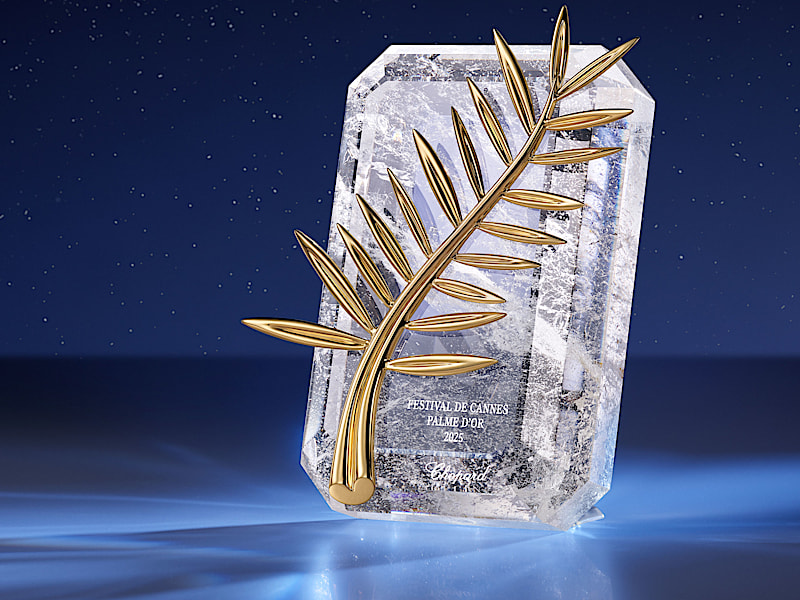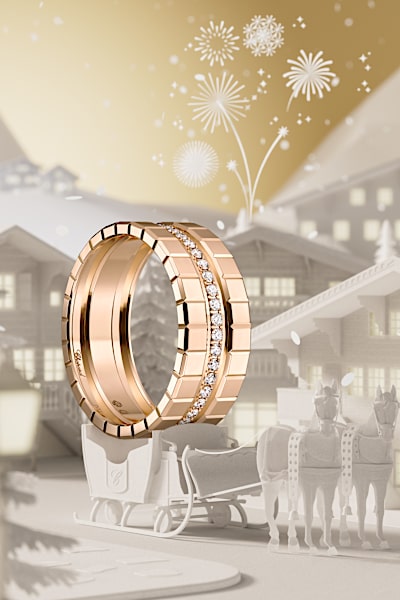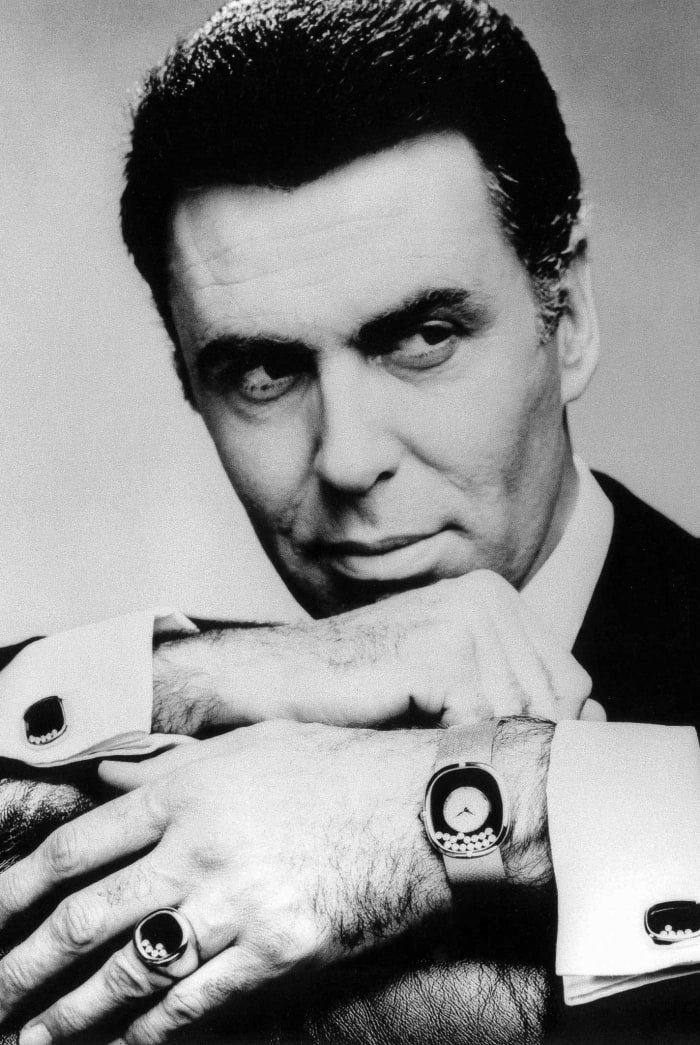-
-
-
 Happy Sport watchesAll creationsDiscover more
Happy Sport watchesAll creationsDiscover more -
 Alpine Eagle watchesAll creationsDiscover more
Alpine Eagle watchesAll creationsDiscover more -
 Happy Diamonds watchesAll creationsDiscover more
Happy Diamonds watchesAll creationsDiscover more -
 Mille Miglia watchesAll creationsDiscover more
Mille Miglia watchesAll creationsDiscover more -
 L'Heure Du Diamant watchesAll creationsDiscover more
L'Heure Du Diamant watchesAll creationsDiscover more -
 L.U.C watchesAll creationsDiscover more
L.U.C watchesAll creationsDiscover more -
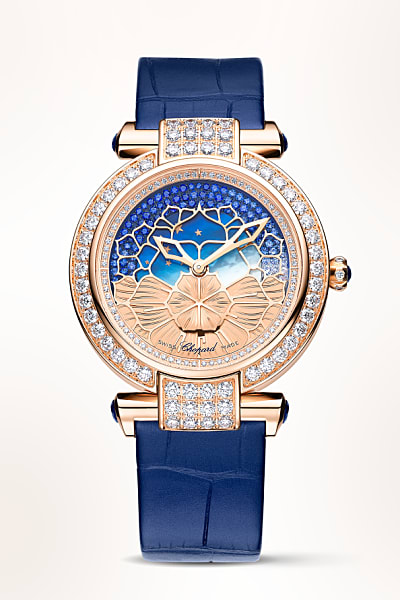 IMPERIALE watches
IMPERIALE watches -
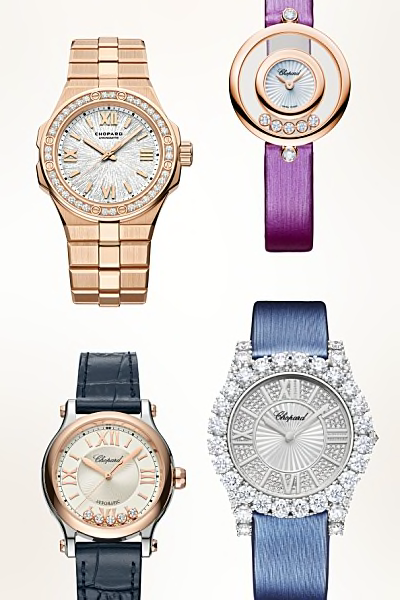 All Watch Collections
All Watch Collections
-
- All watches
-
-
-
-
 Happy Hearts necklaces & pendantsAll creationsDiscover more
Happy Hearts necklaces & pendantsAll creationsDiscover more -
 Happy Diamonds necklaces & pendantsAll creationsDiscover more
Happy Diamonds necklaces & pendantsAll creationsDiscover more -
 Ice Cube necklaces & pendantsAll creationsDiscover more
Ice Cube necklaces & pendantsAll creationsDiscover more -
 Precious Lace necklaces & pendantsAll creationsDiscover more
Precious Lace necklaces & pendantsAll creationsDiscover more -
 L'Heure Du Diamant necklaces & pendantsAll creationsDiscover more
L'Heure Du Diamant necklaces & pendantsAll creationsDiscover more -
 All necklaces & pendants
All necklaces & pendants
-
- All jewellery
-
-
- Boutique
- +31 20 241 7707
-
Enable high contrastDisable animations



